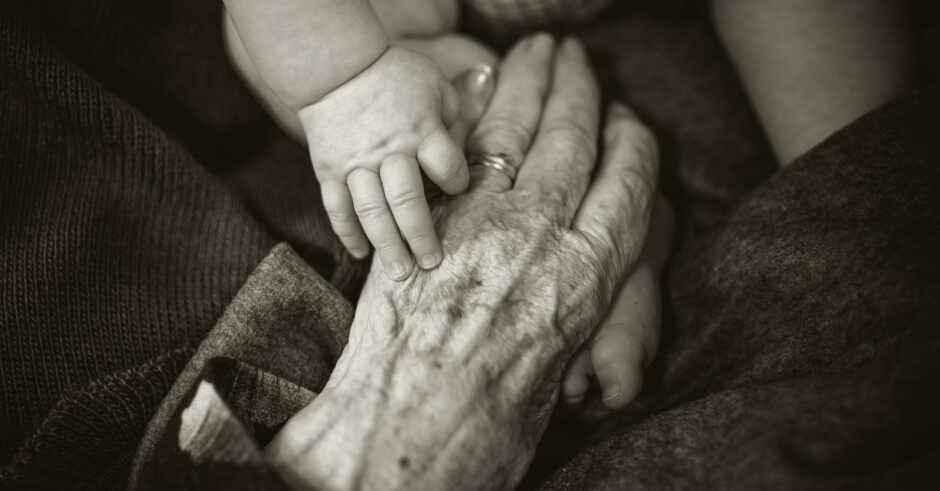Every alternate article on the World Wide Web makes a reference to unconscious bias and discrimination in one form or another. Look hard enough and you’ll find it. There are, of course, some forms of discrimination that are referred to about more often than others are. Take for example, diversity. The words that probably come to mind when you hear ‘diversity’ are – gender, race and religion; and of the three, we all know which catches the largest focus. However, there is one other form of diversity that is fast dwindling in the workplace and yet is hardly talked about. But first, let me ask you a question.
What are the myriad words that come to mind when you think of someone who’d conventionally be defined as wiser?
More likely than not, the number of negatives loom larger than the positives. It would appear that there is a growing downside to being wiser that can be captured in a single word – ageism. While ageism can refer to the entire spectrum of age, I’ll focus on one end more than the other. After all, enough has been said about the millennials and the generations that are to follow.
How often have you come across sentences like – ‘This is a young organization’, ‘the average age group of the organization is within 25-30’ or ‘we have a really young CEO’? The word on the street is – the younger the better, of course, unless you are ‘too young’. Ageism is systematic stereotyping and discrimination against people based on age. Ageism allows one generation to view the other as different from themselves thus leading to fissures not only at the workplace but the society as a whole.
I spent many hours scrounging the internet for research on the advantages of diversity in age at the workplace. While I unearthed a mountain of research on ageism being a problem, I saw little or none on the advantages of diversity in age group. When I ranted about the lack of literature on a diverse age mix to a colleague, his casual response was, “There doesn’t exist a diverse age mix. Hence, how will literature on it exist?” The unfortunate part is that this might be true. Outside of movies, just how many 50+ year-old interns have you really come across?
Let’s take a look at some disturbing facts that I found – In the US, 1 in 3 older workers have either experienced discrimination or seen it happen first-hand since 2008. On average, it takes someone age 55 or over three months longer to find a job than a younger person (Wanberg, Kanfer, Hamann, & Zhang, 2016). The European Social Study survey in 2011 revealed that nearly two out of five people claim to have been shown a lack of respect because of their age. Worldwide, age stereotypes affect workplace interactions and decisions like interpersonal treatment (e.g., Cortina, Magley, Williams, & Langhout, 2001; Einarsen & Skogstad, 1996), who is selected for a particular job (Perry, Kulik, & Bourhis, 1996), who receives training and development opportunities (Maurer & Rafuse, 2001), and who is given challenging job assignments (Shore et al., 2009). A 2015 study by Spherion found that roughly 25 per cent of employees make judgments about their co-workers’ and supervisors’ abilities to do their job based on their age alone. This rate is as high as 39 per cent among millennials, higher than any other generation.
In a comprehensive review of the age-stereotype literature, Posthuma and Campion (2009) summarized six major stereotype categories commonly associated with older workers, including having poorer performance, being resistant to change, having lower ability to learn, having shorter tenure, being more costly, and being more dependable. Meta-analytic evidence examining the validity of the older worker stereotypes has generally found these perceptions are untrue, except for older workers’ being less willing or likely to participate in training and career development activities (Ng & Feldman, 2012).
Yet, despite evidence that stereotypes hold any validity, they continue to be rampant in the workplace. Sometimes, I wonder if we are creating a self-fulfilling bias by imposing these stereotypes. We know that organizations with a diverse workforce are not only likely to outperform those that are less diverse but are also more able to attract talented professionals. Inclusive cultures have 22% lower turnover rates due to increased morale, opportunity and equality (Gallup). A change in mindset can deliver long-term staffing benefits. Maybe it is time we started breaking the biases towards age and give this issue its fair share of focus.
The first step, like with any other issue, is raising awareness about its existence and dispelling common stereotypes and misperceptions about ageing. Give people the exposure of working with a diverse age group early in their career. It is not an easy bias to beat but it is one that can be overcome with time and effort. We owe it to the community and workplace to make this right.
Go out and discuss ageism with someone today. Tell me, is this a bias that you experience?
This article is brought to you exclusively by The Business Transformation Network.


